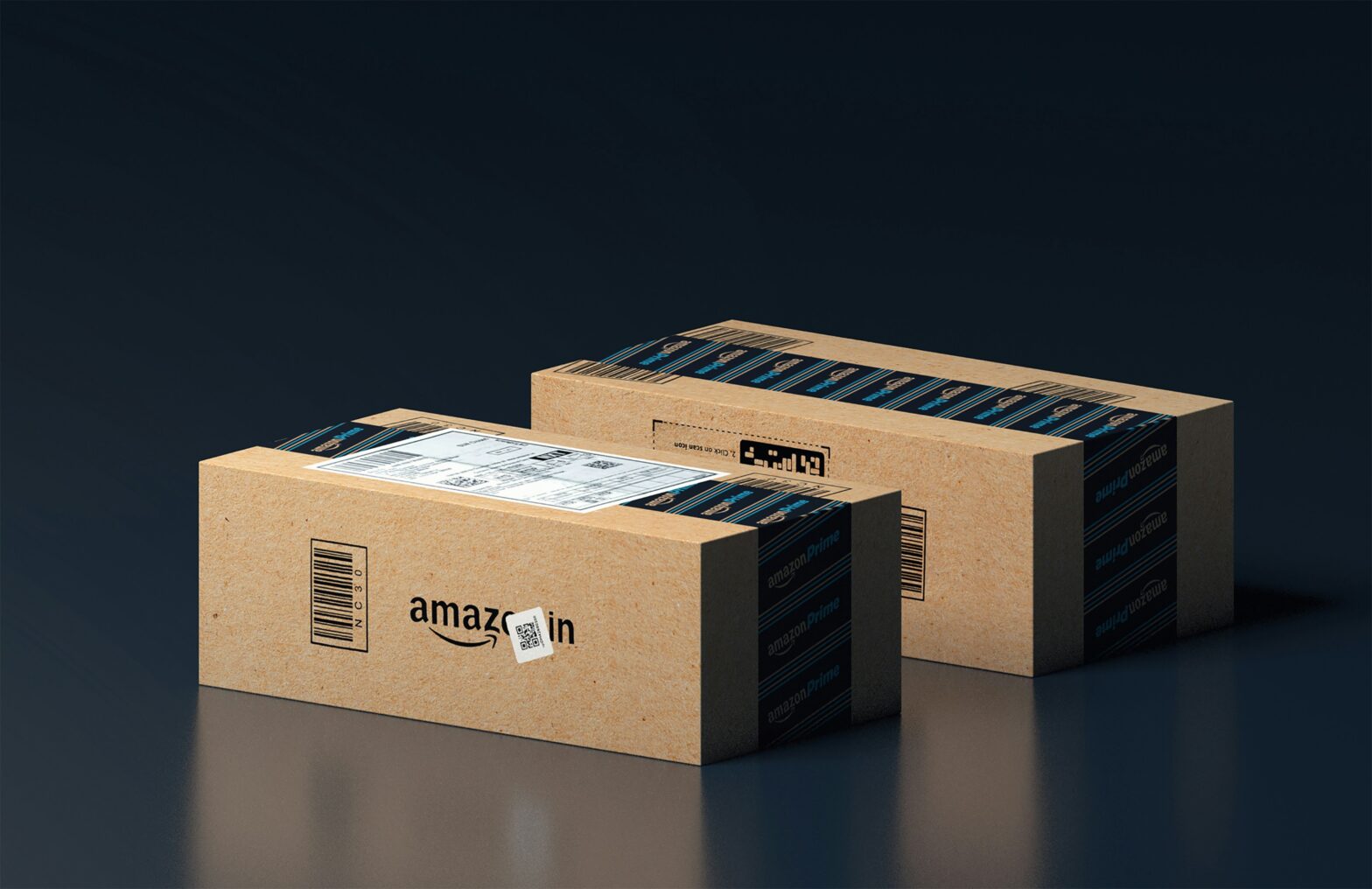Laying the Groundwork for an Optimized Ecommerce Experience – SEO, Site Architecture, and Product Pages
Creating an exceptional ecommerce experience requires more than just setting up an online storefront. To truly engage customers and nurture lasting relationships, merchants must optimize their sites for seamless navigation, compelling content, and frictionless purchases.
The foundation for optimization starts with understanding key goals and how site performance connects back to core business objectives. Beyond conversions and revenue, well-designed ecommerce experiences also lift brand image and customer loyalty over the long term.
With clear goals established, merchants can implement best practices across these three key areas:
- Driving organic visibility through keyword research and on-page optimization
- Optimizing site architecture and navigation for effortless browsing
- Streamlining the shopping experience to nurture conversion
Driving Organic Visibility Through Keyword Research and On-Page SEO Optimization
Ecommerce sites rely heavily on organic search to connect with buyers during initial product research phases. More and more successful ecommerce merchants support their product with rich content experiences that show products in action, different uses of products, and merchandising experiences. These experiences leverage video, detailed photography, and augmented reality. By targeting relevant topics and questions, merchants can increase their visibility for priority search terms that are related to this rich content.
First, Identify the Search Terms That Matter Most
Keyword research uncovers actual search trends, enabling merchants to refine their SEO priorities. Useful tactics include:
- Analyze site search queries and landed search terms to reveal common product-oriented phrases
- Use keyword research tools to find high-potential long-tail keywords with good local monthly search volume and less competition. Here are 19 as presented by Brian Dean in the BackLink Blog. These tools can help you identify search terms to target balancing high volume (i.e. expensive or competitive) with opportunistic search terms where there is less competition but still plenty of clicks / traffic.
- Identify keywords for priority pages like category or product pages and match higher demand keywords with the content that you are adding to your site. So, for example if you sell a lot of running shoes and the research tools indicate that Waterproof Trail Running Shoes have some popularity but not as popular as Nike Trail Runners – that may be a good term to target, especially if your store specializes in outdoor / active wear.
Second, Developing Authoritative, Optimized Pages
On-page optimization elements directly influence search engine perceptions of relevance for each targeted term. These optimization elements that need to consider the target search terms include:
- Page titles and meta descriptions – Concisely summarize the page’s focus while working on important keywords
- URL structure – Format URLs to include keywords but avoid excessive length
- Headings – Work keywords into H2 and H3 headings to indicate relevance
- Image alt text – Provide descriptive alt text focused on photo content rather than keywords
- Content – Use keywords naturally within quality content that answers the searcher’s needs – back to the example with the trail running shoes: if you are located in the Pacific Northwest, it will only help page rank and indexability of your content to include references to “waterproof trail running shoes” in your content, blog posts, and merchandising copy.
If you consider and utilize your target search terms with these page elements you are well on your way to improving the visibility, SEO index-ability, and likely page rank of the pages you are optimizing. But it doesn’t happen overnight. You need to have patience and you need to (next step)….
Thirdly, Monitoring Rankings and Traffic to Gauge Success
Lastly, merchants should make sure to track key metrics like rankings and organic traffic to measure SEO success over time. Comparing site performance to competitors can also highlight new opportunities. Ongoing refinement and management help sustain rankings.
Optimizing Site Architecture and Navigation for Effortless Browsing
An ecommerce site only succeeds if visitors can easily find desired products. Optimizing information architecture establishes the necessary foundation for intuitive navigation and browsing.
Crafting a User-Focused Information Architecture
The site’s information architecture (IA) essentially serves as its backbone, supporting intuitive navigation and effortless access to products. Best practices include:
- Conducting user research to identify major user tasks and content needs
- Developing clear IA and product catalog taxonomy to allow users to easily self-navigate
- Implementing faceted or “guided” navigation to enable effective filtering by attributes
- Showing breadcrumbs on product and category pages for context – and to remind the user where they are and where they have been.
Balancing Broad Categories and Precise Facets
Good site taxonomy strikes an essential balance – broad enough to contain all products, yet precise enough to effectively filter results. Best practices include:
- Categorizing products under intuitive parent groupings that reflect user mental models
- Implementing layered “faceted” filters to refine attributes like size, color, and price
- Showing category counts to indicate the volume of products available
Guiding Visitors with Visual Cues
Visual cues subtly guide visitors to key pages, encouraging exploration over aimless searching. Useful elements include:
- Display menus prominently on all pages to facilitate quick jumps
- Highlight top-level categories within menus to define the site’s organization
- Use breadcrumb trails below page titles to display the page hierarchy
Optimizing Category Landing Pages
Category pages should be easy for the user to navigate, providing cues to drill down or browse top products. Useful tactics:
- Summarize the category’s focus in page titles and content introductions
- Show top subcategories and complementary filters to indicate available facets
- Display best-selling or top-rated products to showcase what’s available
Streamlining the Shopping Experience to Nurture Conversion
While the site may attract qualified traffic, product pages must still compel visitors to add items to their carts. By minimizing distractions and clarifying calls-to-action, merchants remove friction from this critical final step. Simplifying and streamlining the ecommerce user experience is key to increasing conversions and ecommerce revenue.
Streamlining the Path to Purchase
Beyond attracting visitors, merchants must guide them smoothly toward conversions across the site. Some key steps for optimizing user flows include:
- Reducing friction inflows by cutting unnecessary steps or distractions
- Setting up clear calls-to-action to direct visitors to key pages or tasks
- Highlighting promotional offers early on to incentivize purchases
- Using exit intent technology (technology that powers messages, calls to action, other touches to keep a visitor on site or returning) to target visitors showing buying signals
Establishing Focus with Benefit-Driven Content
Product copy should highlight tangible user benefits while supporting SEO. Best practices include:
- Summarizing product capabilities and advantages in scannable bullet points
- Addressing common questions and hesitations through detailed product descriptions
- Using keywords naturally within the copy to reinforce page relevance
Showcasing Products Visually
Visual content builds excitement while answering questions about fit, style, and scale. Useful guidelines:
- Curating lifestyle images that connect products to emotional aspirations
- Optimizing images through appropriate file compression for faster loading
- Allowing zooming and alternate views to showcase details
Guiding Visitors Towards Conversion
Clear calls-to-action drive completion of desired goals. Useful tips include:
- Making action options like “Add to Cart” visible without excessive scrolling
- Using exit intent offers to target abandoning visitors
- Limiting distractions by removing unnecessary interface elements
Wrapping it up
By optimizing site architecture, enhancing organic visibility, and removing friction from flows, ecommerce merchants can craft seamless experiences that engage customers and nurture conversions. The right combination of intuitive navigation, compelling content, and clear calls-to-action guides visitors smoothly toward purchase.
Wasserman Digital’s deep expertise in ecommerce user experience design, SEO, and conversion optimization enables the rapid wins merchants need to profitably grow their businesses. If you are interested in having some experts take a look at your website for optimization, reach out to us!


